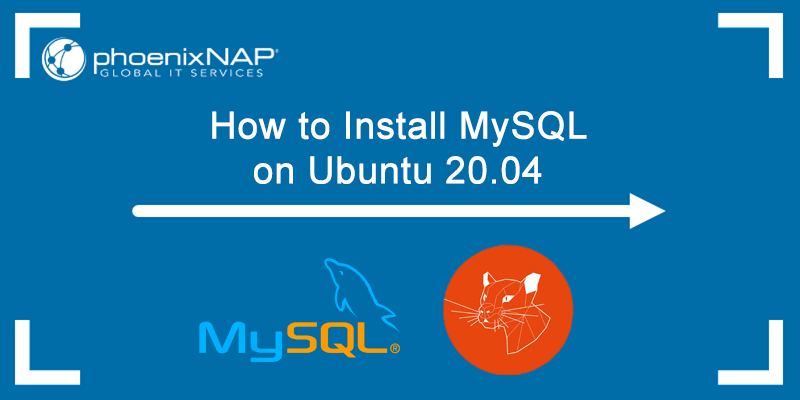

Typically, MySQL service is automatically started once the package is configured. Reload privilege tables now? (Press y|Y for Yes, any other key for No) : y.Remove test database and access to it? (Press y|Y for Yes, any other key for No) : y.Disallow root login remotely? (Press y|Y for Yes, any other key for No) : y.

Remove anonymous users? (Press y|Y for Yes, any other key for No) : y.It will prompt you some security options that you should choose in order to secure the MySQL server: Secure MySQL server installationĮxecute the following command to adjust security to the MySQL Server: sudo mysql_secure_installation Install MySQLĮxecute the following command to start installing MySQL: sudo apt- get install mysql-server Code language: JavaScript ( javascript ) Then, install the MySQL repository package using the following dpkg command: sudo dpkg -i mysql-apt-config_0. You need to add this MySQL repository to your system’s package source list.įirst, download the repository package using the wget command: wget -c https: ////mysql-apt-config_0.8.13-1_all.deb Code language: JavaScript ( javascript ) MySQL provides an APT repository for install MySQL server and tools.

Type the following command to upgrade the system: sudo apt upgrade Step 3. Update package indexĮxecute the following command to update the local packages index with the latest changes made in the repositories: sudo apt update Step 2.
#Install mysql ubuntu how to#
Summary: in this tutorial, you will learn step by step how to install MySQL 8.0 on Ubuntu.


 0 kommentar(er)
0 kommentar(er)
